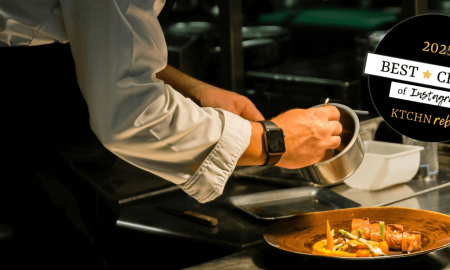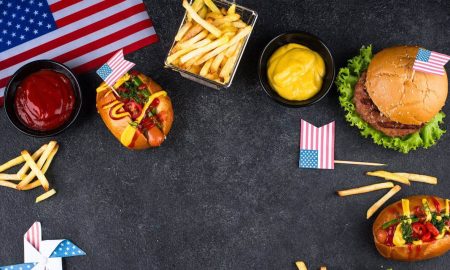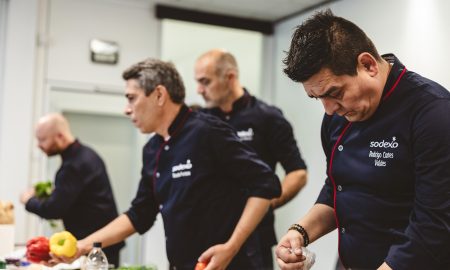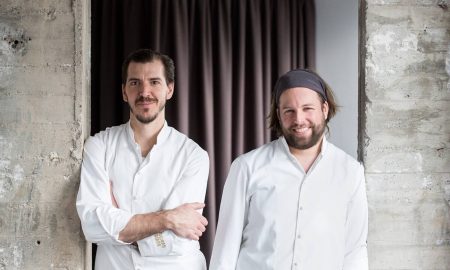Skilled worker shortages, rising energy and raw materials prices, COVID and its effects: the hospitality industry is facing one of its biggest crises yet, and many businesses are fighting to survive. Or at least that’s what we keep hearing in the media and throughout the industry. But how much truth is there to it?
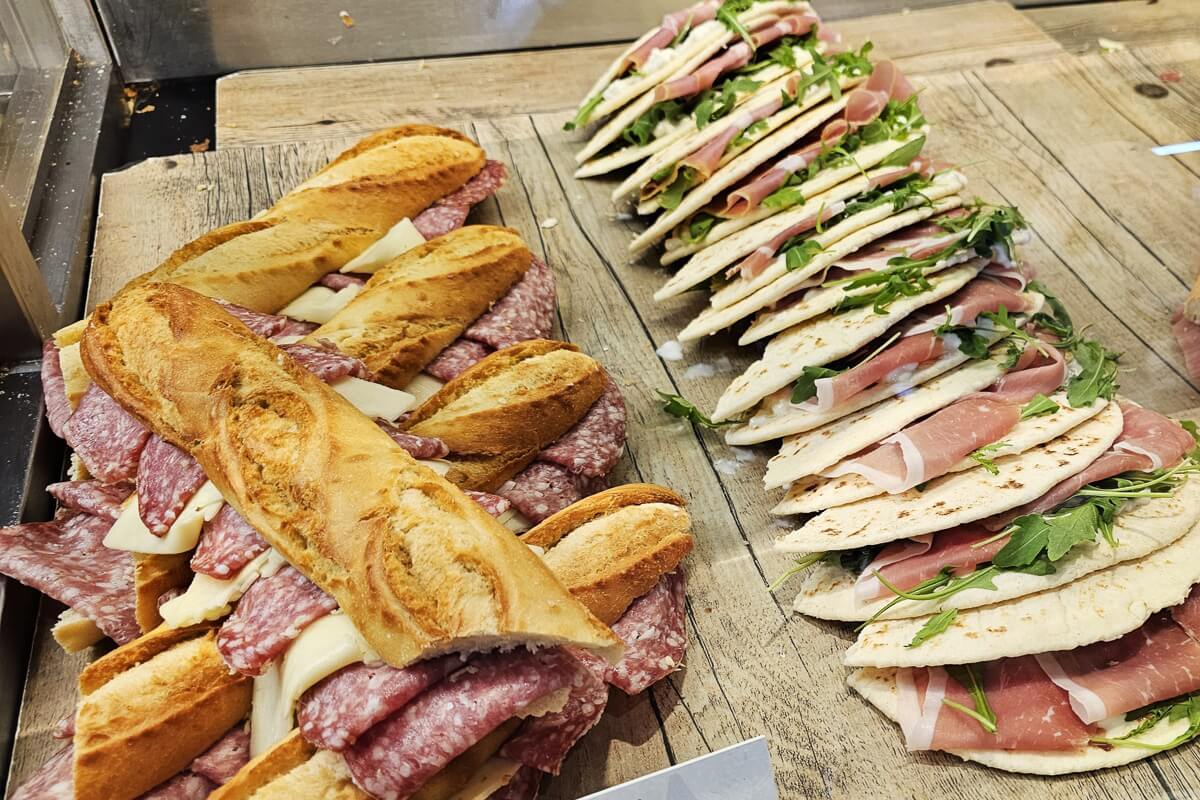
Image: Pierre Nierhaus
“Again and again, our industry faces challenges that instantly rise to the level of a crisis, and then somehow things work out after all.” That’s coming from someone who knows the hospitality scene better than almost anyone in the German-speaking world. Pierre Nierhaus, an international trend expert in the hospitality sector, spent 25 years as a restaurateur before moving full-time into concept development and business coaching. He now offers “trend expeditions” in different cities so entrepreneurs can get their own in-person picture of industry developments. Pierre Nierhaus also publishes an annual report for anyone interested in 2025 gastro trends and emerging concepts.
And the expert doesn’t foresee the food service industry falling into ruin. “Confidence and optimism are the order of the day,” writes Pierre Nierhaus in his Gastro Trend Report 2025-26. He later elaborated in an in-person interview: “Even back when I started in the food service world 35 years ago, people were saying, ‘Everything used to be so much easier.'” He concedes things have indeed changed as far as running expenses and purchasing are concerned. And the labor market, too, of course – although he notes that staff shortages have affected numerous other industries as well. In particular, however, Nierhaus says in his new report that all the regulations are costing the hospitality industry big bucks: “Political and bureaucratic red tape are slowing down development. […] Calls for greater support from the political world remain loud.”
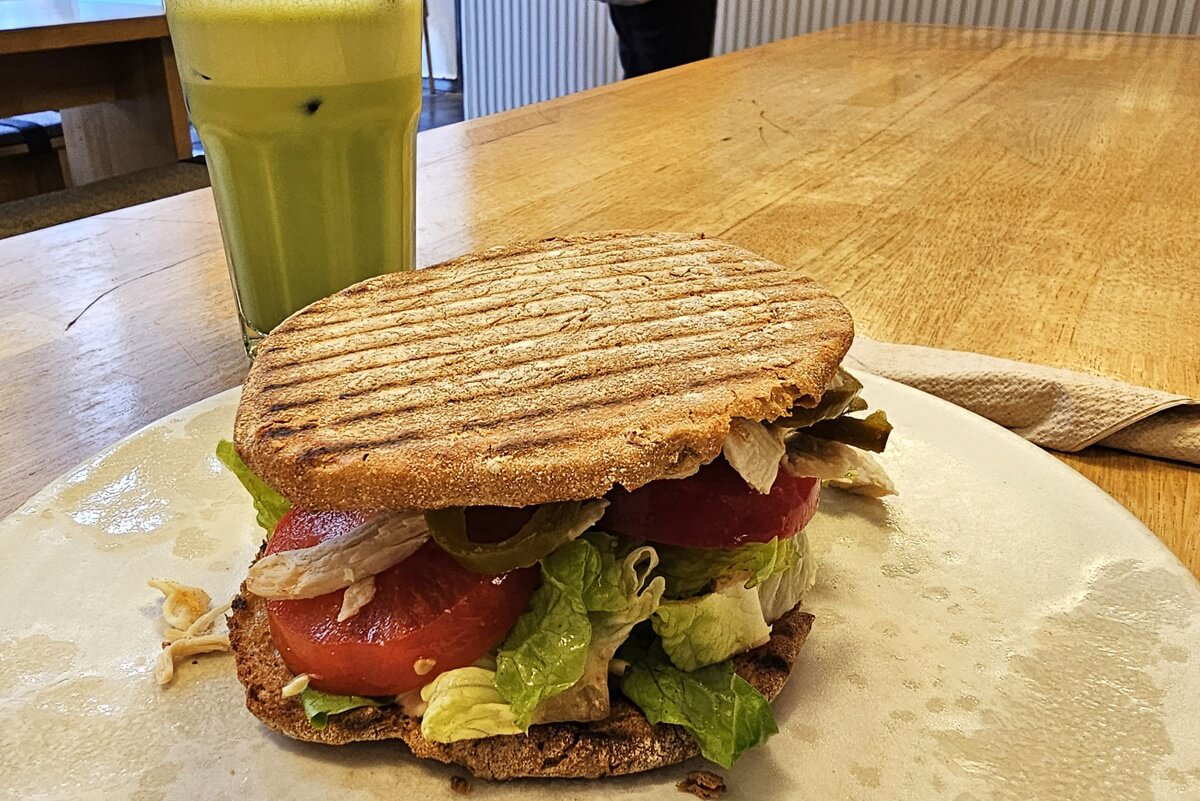
Image: Pierre Nierhaus
Individual gastronomy as a system
One thing is clear: times are changing faster than ever before. According to Nierhaus, the hospitality industry is a lot like nature: adapt or die. Especially in individual gastronomy (as opposed to system catering), he says, offering something extra-special is important. “On the one hand, it’s a pure service process. No different from McDonald’s: ‘Hi, come in, here’s your order.’ But individual restaurateurs have the opportunity to do one better. By taking care of their guests, that is. Providing individual attention. Deviating from the norm. And recognizing realities: That you have to close the place at lunch, for example, or that you’re only open five nights a week. Better to have five good evenings than to try rolling out a lunch menu that ends up bringing neither profit nor more customers because it’s not what you’re good at.” Instead, 2025 gastro trends moved towards “snackification“: during the day, people are increasingly eating smaller meals at more flexible times.
In general, though, individual gastronomy professionals can learn a few things from system caterers – for example “that they don’t have to keep overhauling their menu all the time. Successful restaurateurs who always have their ‘greatest hits’ on offer work highly systematically. The magic word? Specialization. Quality and individuality over quantity. “As a restaurateur, I ultimately have to think like I would in a system kitchen. I have to prepare whatever I can. I can make enough sauce for the whole day in the morning – it will still be fresh when I serve it.” This also includes purchasing the right kitchen appliances, says Nierhaus. “Many people still consider the combi-steamer a reheating device; they don’t realize that it’s a system solution that revolutionizes all of my processes.”
At home, the father of two uses an air fryer. “You put some potatoes in there with a few drops of oil, and you get sensational flavor without all that grease. Commercial kitchens can dramatically reduce their own oil use, too.” With the Rational iCombi Pro’s Air Frying technology, for example. Essentially, you have to keep up with the times in this industry and consider using AI or other digital tools along with modern cooking systems. “It allows a whole different level of merchandise management; most of all, I can avoid waste.”
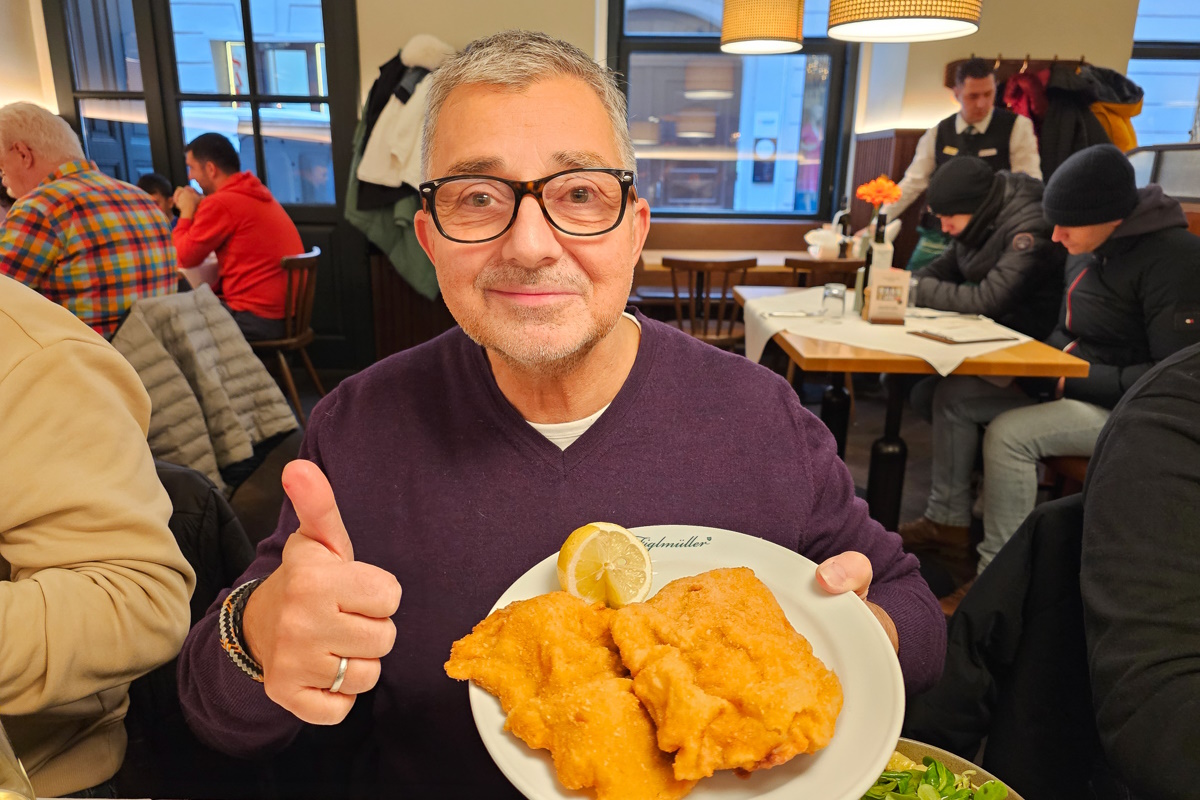
Image: Pierre Nierhaus
More than just food
Hanni Rützler also notes that the role model effect here should not be underestimated: “Gastronomy is far more than food and enjoyment. It’s a powerful tool for driving cultural, social, and political change. The world’s kitchens are centers of power.” When the renowned trend researcher starts the chapter on gastronomy in her Food Report 2025 with these words, she knows what she’s talking about. The trained nutritionist has been studying developments in the food and beverage sector for many years. She, too, is already seeing clear 2025 gastro trends like regional products, supply chain transparency, and consumption in harmony with nature and the environment. According to Rützler, sustainability and related topics like organic produce, animal welfare, and zero waste are now in the F&B sector to stay.

Image: Julietta Kunkel
As a result, supply and demand are changing dramatically as well. Instead of focusing on meat as the main ingredient and alcohol as an automatic companion, almost all of today’s menus include vegetarian or vegan dishes – along with high-quality non-alcoholic drinks. Rützler also notes an emphasis on (re)discovering local product diversity. “Exotic” ingredients no longer guarantee success. Quite the opposite, if anything.
Hanni Rützler notes that 2025 gastro trends are clearly pointing towards uniqueness and distinctiveness. She says “innovation” is the order of the day, whether that means unique ingredients, event gastronomy, or avant-garde cooking techiques. Essentially, the answer is a modern kitchen. A kitchen that evolves and tries new things. Not to mention modern ways of interacting with employees. The tone in kitchens used to be gruff, to say the least, but now that’s the exception rather than the rule – or at least it should be.
Youth as hope
Increasingly elaborate social media profiles have also become more commonplace in the hospitality sector in recent years. Nowadays, hardly anyone in the industry can be successful without a professional online presence – a gastro trend that Pierre Nierhaus doesn’t consider negative at all. Quite the opposite, actually. “Platforms like TikTok and Instagram influence eating habits,” says the expert. He has experiences of his own to contribute as well: “When I was last in London with my 12-year-old twins, they started by giving me a list of the stores and restaurants they wanted to visit. Because they’d seen them on the Internet before. Granted, they might not all have been the healthiest organic shops with attached farms. But young people are interested in food – and I think that’s very good, because at some point, they get interested in quality as well.”
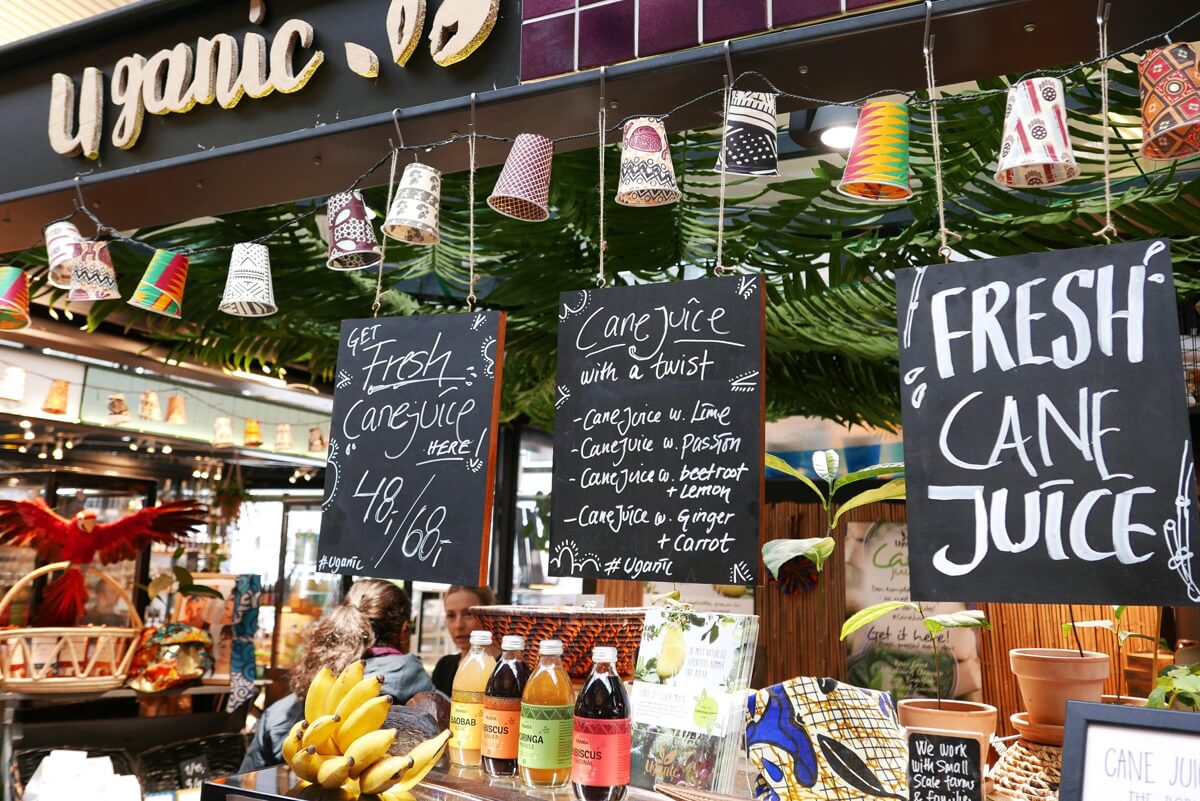
Image: Pierre Nierhaus
So not just gastro trends, but also potent new target groups like families and older diners give us hope that many of these purported “crises” are just a tempest in a teapot. Or at least a tempest that will blow over soon enough. “Creative restaurateurs don’t let crises paralyze them; they develop adaptive strategies or simpler restaurant concepts without losing sight of quality and precision,” Hanni Rützler writes in the 2025 Food Report. “This is reflected in changes in menu structures, shorter tasting menus and new formats, among other things. Casual fine dining and Nouvelle Gasthaus culture are becoming increasingly popular with diners as well.”
Pierre Nierhaus concludes with a wish in a similar vein: that the food service industry’s achievements be appreciated more. That people show willingness to spend more when they go out and not immediately criticize every price increase – or potentially stop going out altogether. As Nierhaus explains, “If I cook for eight people at home at a cost of goods of 300 euros, I might as well just go out to eat for 40 euros.” He adds that “we’re actually still too cheap. People should appreciate that freshness and quality simply cost money.” Why? “Because Food & Beverage is the glue that holds society together!”




